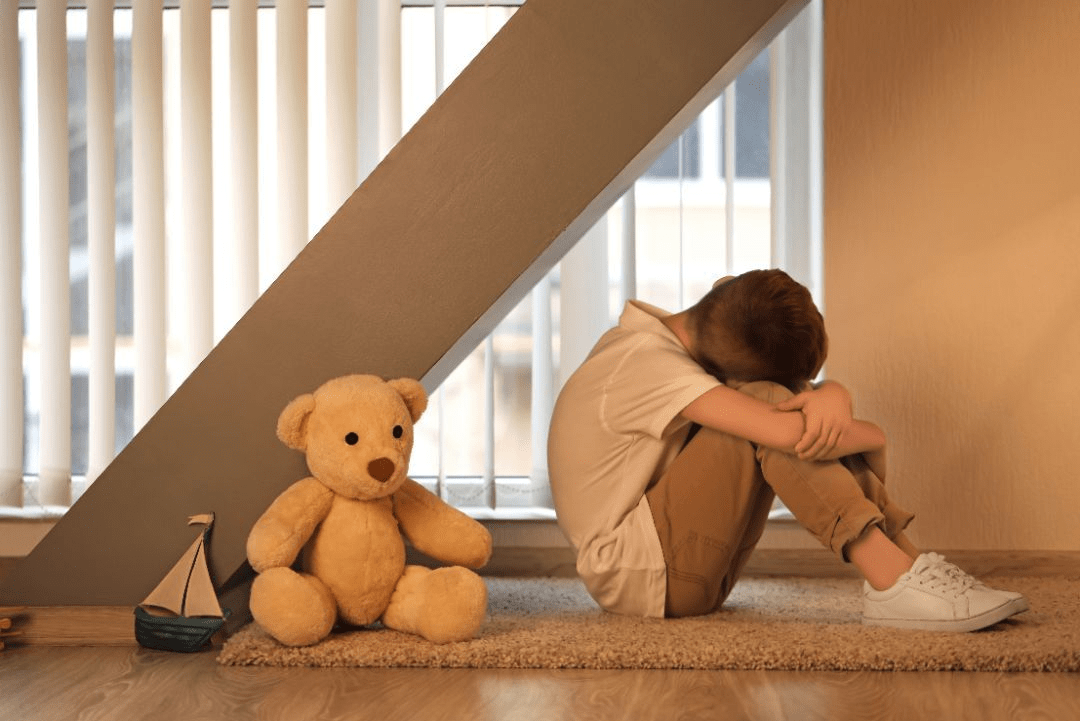Why are there more and more children with autism? It could be linked to these three main reasons

In the corner of obscurity, there is this group of people.Those who have sensitive ears but refuse to accept what is said to them.Normal eyesight, but oblivious to what’s going on around themSmall-mouthed, but not knowing how to talk to people.Silent and calm, quiet and speechless, silent like the darkness of the night, but with a pure heart that shines like a star in the night.They are called “star children”, and behind the warm name are countless tragedies that leave families disillusioned and sad.
In severe cases, children with autism are isolated not only from the outside world, but also from their parents.
Recent figures on autism.
With the rapid development of the economy, the problem of food and clothing has long been solved. According to Maslow’s needs, after the needs for food and security are met, spiritual needs will be pursued.
The incidence of autism has increased from 1 in 10,000 a decade ago to 1 in 100 now, and the incidence is increasing year after year. According to recent statistics, the number of people with autism has reached 14 million, and the number of children with autism has exceeded 2.4 million or more.
Autism in children generally occurs around the age of 0-14, most often around the age of three, and is characterised by low intellectual development, delayed speech development, narrow interests, stereotypical behaviour, lack of social skills, communication skills and so on.
As the number of children with autism rises year after year, more and more attention is being paid to children’s mental health. Although there are various reasons for the onset of autism, these are some of the major reasons for the increase in the number of children with autism.
Why are there more and more children with autism?
1. Change in lifestyle habits.
With the advancement of time, people’s lifestyles have changed in various ways from the past, for example, various electronic derivatives have made children more inclined to live alone in their homes and browse the online world, instead of choosing to go out and socialise with their peers, making children gradually out of step with their peers and losing their social and communication skills.
This can also be caused by the diet of pregnant women, the abuse of drugs, the stress of work and other invisible factors, which can cause psychological and physical damage to the child from the very beginning of his or her growth, causing damage to certain systems or delaying the child’s development.
2. Changes in the living environment.
The rapid economic development will certainly give rise to a large number of industrial industries, before the relevant laws were perfect, there will be waste water, air pollution and other harmful derivatives, such as lead, mercury and other substances, accumulated in the body is difficult to be excreted.
For young children and the unborn, these substances can affect the development of nerve cells in the brain and other aspects of damage, leading to the symptoms of autism.
3. Definitions continue to be standardised.
As medical standards continue to improve, the criteria for various conditions are constantly being updated and becoming more standardised, with many conditions being categorised under the umbrella of people with autism.
The criteria for diagnostic practice are now broader than ever before, and what was once a single disorder has become a spectrum of disorders, with symptoms of social impairment, narrow interests and repetitive stereotypical behaviour, whether it be intellectual problems or communication difficulties, being defined as autism.
Conclusion.
In conclusion, autism is not a simple psychological problem. Parents should not think that their children are just introverted, but that it is a very serious neurodevelopmental disorder with complex causes that require parents to pay attention to the prevention and treatment of many aspects of their children.
In conclusion, autism is a very serious neurodevelopmental disorder with complex causes that requires a multifaceted approach and a holistic approach to prevention and treatment.
In the near future, we need to pay more attention to the physical and mental health of breastfeeding mothers and newborns, as well as to environmental protection and safety, in order to reduce the incidence of autism and to relieve the pain of children with autism.



